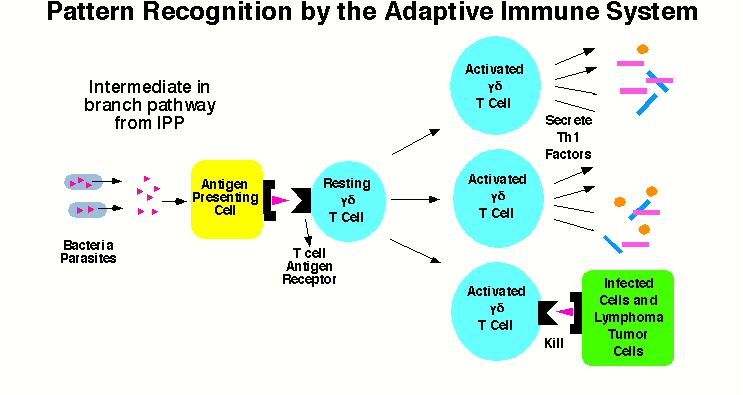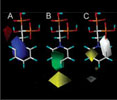Immunology Laboratory
γδ T cell recognition of nonpeptide antigens
My research focuses on γδ T cells and nonpeptide antigens. γδ T cells are a distinct subset of T cells that function as a bridge between innate and adaptive immunity by performing unique roles not played by ab T cells. Consistent with their unique functions, we have discovered that human γδ T cells expressing V g2V d 2 TCRs recognize nonpeptide antigens. The recognition of prenyl pyrophosphates is important in human immunity as evidenced by the large expansions of V g 2V d2 T cells that occur in many different bacterial and parasitic infections. We purified two classes of nonpeptide antigens; prenyl pyrophosphates, small molecules required to make compounds such as cholesterol, and alkylamines, small molecules produced by some bacteria and found in certain foods. Non-Hodgkin's B cell lymphomas may also produce these molecules. We demonstrated that the γδ TCR is used to recognize these compounds and that prenyl pyrophosphates are presented by a novel extracellular presentation pathway distinct from those used by MHC and CD1 proteins. Present studies focus on identifying novel antigen presenting molecules, isolating and determining the origin of new bacterial antigens, defining TCR regions required for recognition, and characterizing nonpeptide antigen responses in vivo with the ultimate goal of developing nonpeptide vaccines.



